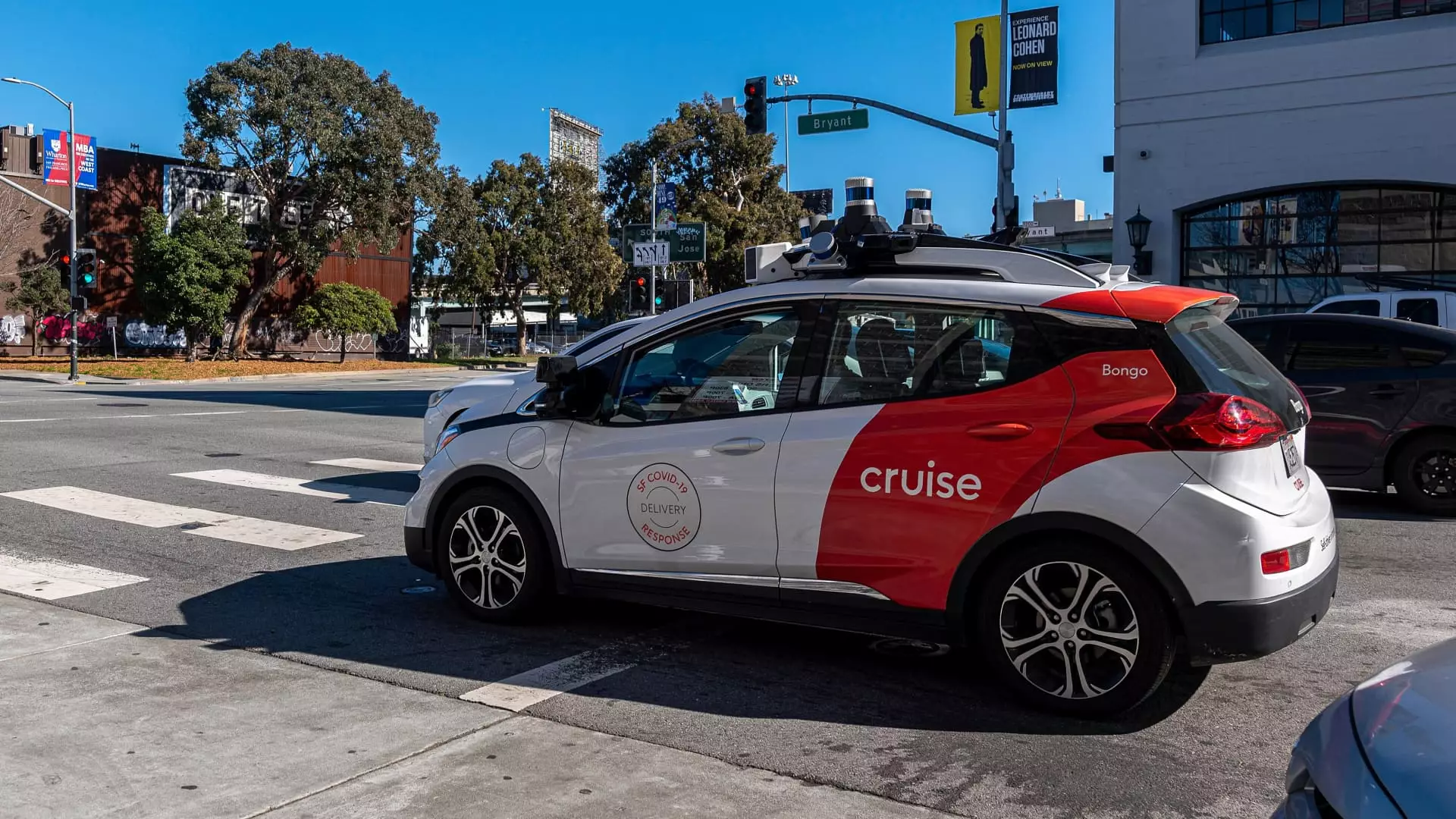General Motors’ Cruise self-driving vehicle unit is set to re-deploy cars on U.S. roadways, starting with a small fleet of human-driven vehicles in Phoenix. This marks the first time since the incident that occurred in October of last year that led to the halt of operations by the company. The initial phase of the relaunch will involve these human-driven vehicles creating maps and collecting road information in select cities, with Phoenix being the starting point.
Unlike before, the redeployed vehicles will not be functioning as robotaxis but will instead focus on gathering essential data and mapping out the roadways in key locations. While Cruise expressed its ambition to resume driverless operations, they have not provided a definitive timeline for when this transition will take place. The company has also refrained from announcing any specific plans for expanding the deployment of human-driven vehicles to other cities at this time.
Following the incident in October 2023, Cruise took a pause in its operations to concentrate on rebuilding trust with regulators and the communities they serve. The company has since made significant progress in enhancing safety measures, under the guidance of new leadership and feedback from external experts. Cruise has emphasized the importance of close collaboration with the communities where their vehicles operate and considers this ongoing improvement process as a top priority.
An investigation initiated by GM and Cruise following the October incident revealed underlying culture issues, incompetence, and ineffective leadership that contributed to regulatory oversights leading to the accident. Despite allegations of a coverup by Cruise leadership, the probe did not uncover any supporting evidence for these claims. Cruise has acknowledged the findings of the report and affirmed its commitment to implementing all recommended measures. The company is actively cooperating with state and federal agencies to address inquiries related to the accident, including those by the California DMV, the National Highway Traffic Safety Administration, and others.
In addition to the operational changes, Cruise has undergone a significant restructuring in its leadership team. The company saw the departure of its co-founders, including CEO Kyle Vogt, who resigned, along with the removal of nine other top executives. As part of the reorganization, Cruise also let go of 24% of its workforce and made adjustments to its contractor agreements, reflecting a move towards a leaner and more focused approach moving forward.
The relaunch of General Motors’ Cruise self-driving unit signifies a pivotal moment for the company as it seeks to regain momentum and trust following the setbacks of the past year. By prioritizing safety, collaboration, and transparency, Cruise aims to pave the way for the eventual resumption of its driverless operations while ensuring a more robust and accountable approach to its autonomous vehicle technology.


Leave a Reply